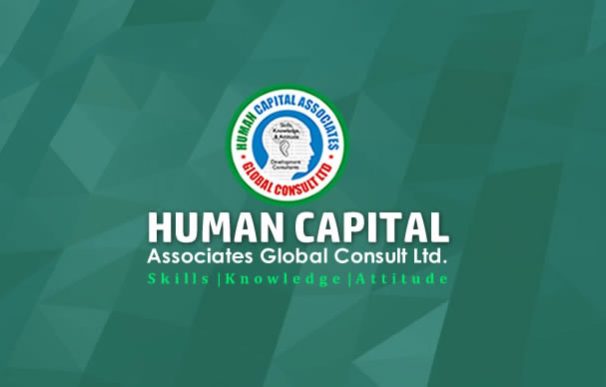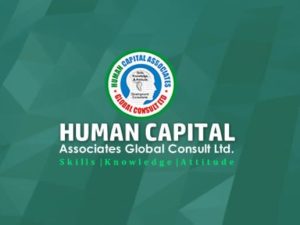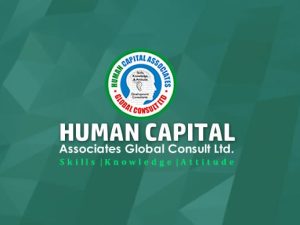Parliamentary Procedures for Legislators & Parliamentary Functionaries
Successful organizations recognize that critical thinking and creative solutions to problems significantly enhance business potential.
Program Overview:
This training course on Parliamentary Procedure is designed for elected Parliamentarians, Clerks and other Parliamentary officials, as well as a wide range of public policy-makers and regulators. The course covers the fundamentals of Parliamentary practice and procedure, with in-depth analysis and discussion of key areas.
It will give special attention to those features of the practice and procedure of Parliament which are fundamental to the rule of law and the separation of powers under any democratic constitution.
This also considers lessons to be drawn from Parliamentary practice and procedure for good governance in a wide range of public authorities, and statutory and commercial corporations.
This course will highlight: The fundamentals of what Parliaments do and how they work, the purposes of Parliamentary procedure, Rules and principles of Parliamentary procedure and practice
Standing Orders and Rules of Order for Plenary and Committee meetings, Motions and amendments
Voting methods and Parliamentary privilege, and Codes of conduct and standards in public life
Learning Objectives:
At the end of this program, participants will be able to:
- Understand the fundamentals of the Parliament as an arm of government and how legislative assembly works
- Appreciate the core purpose of Parliamentary procedure
- Develop best practice for Parliamentary procedure and practice
- Understand standard terms
- Navigate Standing Orders and Rules of Order for Plenary and Committee meetings
- Handle parliamentary business including motions and amendments easily
- Understand options and methods of voting
- Know the parameters of parliamentary privilege
- Develop codes of conduct and standards for work-life balance
- Manage work, stakeholders and family stress better
For Whom:
This program is designed for elected Parliamentarians, Assembly Members and Representatives, Clerks, Committee Chairs, Secretaries and other Parliamentary officials. It designed to provide effective introduction for inexperienced members or officials, while adding value (particularly from an international best practice perspective) for those with considerable experience.
Course Outline
Day 1: Role of d Legislators in a Democracy: An Overview
- Constitutional balance of power
- The role and nature of Parliament
- Formation of Parliaments
- Structure of Parliaments
- Roles and Responsibilities of Parliamentarians
- Governance principles in public and private institutions
- Standing Orders and other Rules of Order
Day 2: Parliamentary Processes and Procedures
- Nature of Parliamentary Procedure
- Purpose of Parliamentary Procedure
- Basic Rules and Principles of Parliamentary Procedure
- Plenary and Committee procedure
- Standard Terms
Day 3: Meetings
- Types of Meetings
- Order of Business: The Agenda
- Quorum of Members
- Motions
- Process for handling a Motion
- Voting / Voting Methods
- How to write official letters
- Minutes and how to write minutes of meetings
Day 4: Managing Motions
- General Classification of Motions
- Main Motions
- Subsidiary Motions
- Privileged Motions
- Incidental Motions
- Order of Motions
- Amendment of Motions
Day 5: Structure, leadership and Self-Management for Personal Effectiveness
- Officers
- Qualifications of Officers
- Duties of Officers
- Nominations and Elections
- Committees
- Understanding Civil Service Rules and Regulations
- Self and Time Management for Personal Effectiveness
Training Methodology
Lectures, discussions, exercises, case studies, audio-visual aids will be used to reinforce these teachings/learning methods.
Related Courses






